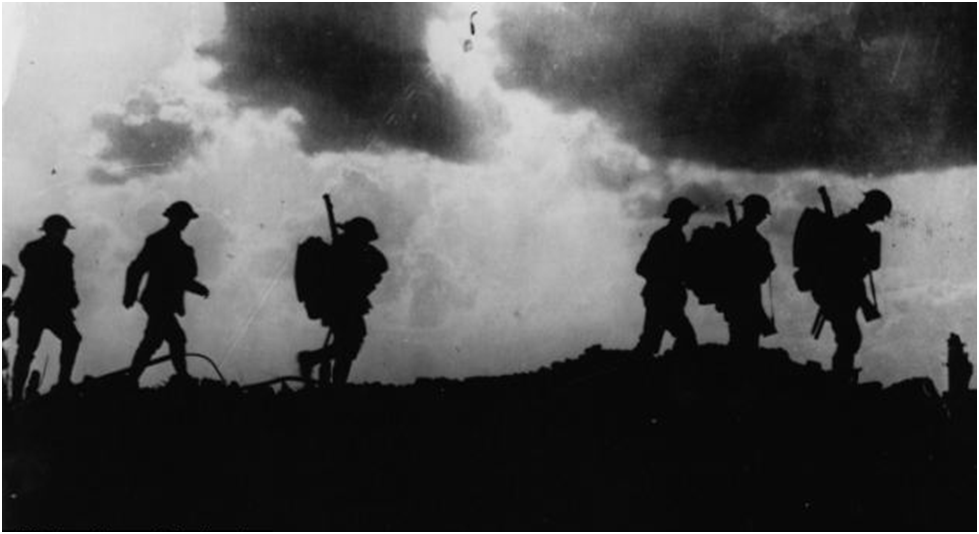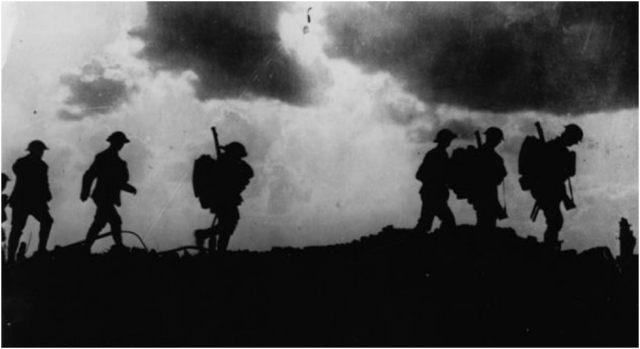During the First World War, there was one troop of British forces that particularly stood out from the others. These troops were not known for their malice, nor for their rigorous physical routines, nor even for their cunning. They were known for their unending resolve in the face of battle, their ability to hold their steely faces in check no matter how close the bullets whizzed by them. These troops were the inanimate (and aptly named) “timber Tommies,” a hoax crafted of wood and shrewdness by Allied Forces to misdirect fire from German troops, the Mail Online reports.
These Tommies were largely unknown until recently, when the National Archives celebrated the one hundredth anniversary of WWI by digitizing several journals. While more technological advancements were also detailed in these writings, the timber Tommies were one of the far more intriguing discoveries among the journals’ pages. One captain wrote in a secret transmission that the timber Tommies were an effectual ruse both on their own as well as in the heat of more populated battlefields.
British forces utilized a simple system of cords and levers to erect the Tommies so as not to put themselves in the line of fire, which would have decidedly defeated the purpose of the timber soldiers in the first place. Any corps demanding of this innovation could request up to 250 of the timber Tommies to join their ranks, though they were not generally erected in the same spot. Rather, they numbered less than 20 for every 50-yard stretch of battlefield, taking only a handful of men to control all of the Tommies at once. They stood side-by-side with other innovations of the era, having been used in the same battles with introduced the use of poisonous gas attacks by the British. These timber forces were a force of misdirection, drawing fire away from living soldiers so that they could more easily flank their German enemies. In some ways, this meant that the Tommieswere more effective than the gas attacks, which often blew back in the faces of the British forces (who didn’t even suffer long enough to suggest that the gas would have been useful if it had worked).
The British were not the only ones who showed a bit of ingenuity during the war. The Germans waged something of an attack on morale when they flew kites boasting that they had more edible meat than those on the British sides of the trenches. Still, the timber Tommies, while not as personal as the sausage kites, showed a great degree of ingenuity which demanded few resources, and are perhaps one of the most simple yet innovative ideas to ever come out of the battlefield since the introduction of automatic weapons.
//

